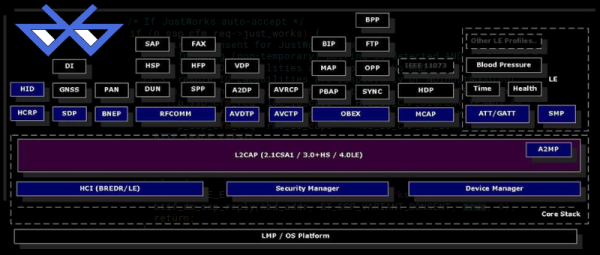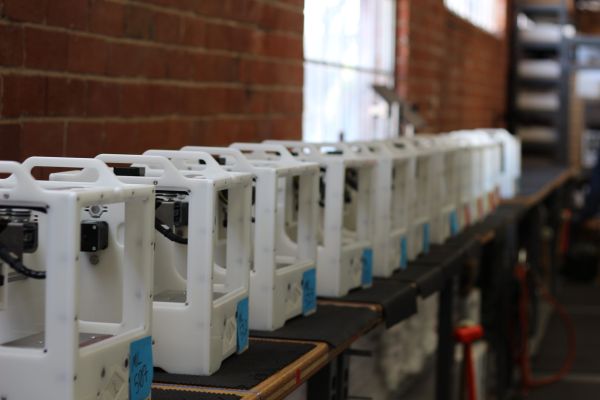Security researchers from Armis Labs recently published a whitepaper unveiling eight critical 0-day Bluetooth-related vulnerabilities, affecting Linux, Windows, Android and iOS operating systems. These vulnerabilities alone or combined can lead to privileged code execution on a target device. The only requirement is: Bluetooth turned on. No user interaction is necessary to successfully exploit the flaws, the attacker does not need to pair with a target device nor the target device must be paired with some other device.
The research paper, dubbed BlueBorne (what’s a vulnerability, or a bunch, without a cool name nowadays?), details each vulnerability and how it was exploited. BlueBorne is estimated to affect over five billion devices. Some vendors, like Microsoft, have already issued a patch while others, like Samsung, remain silent. Despite the patches, some devices will never receive a BlueBorne patch since they are outside of their support window. Armis estimates this accounts for around 40% of all Bluetooth enabled devices.
A self-replicating worm that would spread and hop from a device to other nearby devices with Bluetooth turned on was mentioned by the researchers as something that could be done with some more work. That immediately reminds us of the BroadPwn vulnerability, in which the researchers implemented what is most likely the first WiFi only worm. Although it is definitely a fun security exercise to code such worm, it’s really a bad, bad idea… Right?…
So who’s affected?
Continue reading “Bluetooth Vulnerability Affects All Major OS”



 As of right now, the only change to the Othermill is the name — it’s now the Bantam Tools Desktop PCB Milling Machine.
As of right now, the only change to the Othermill is the name — it’s now the Bantam Tools Desktop PCB Milling Machine. 




 will connect to the others wirelessly and control their braking and acceleration. Human drivers will still be present to steer the following lorries in the convoy.
will connect to the others wirelessly and control their braking and acceleration. Human drivers will still be present to steer the following lorries in the convoy.








